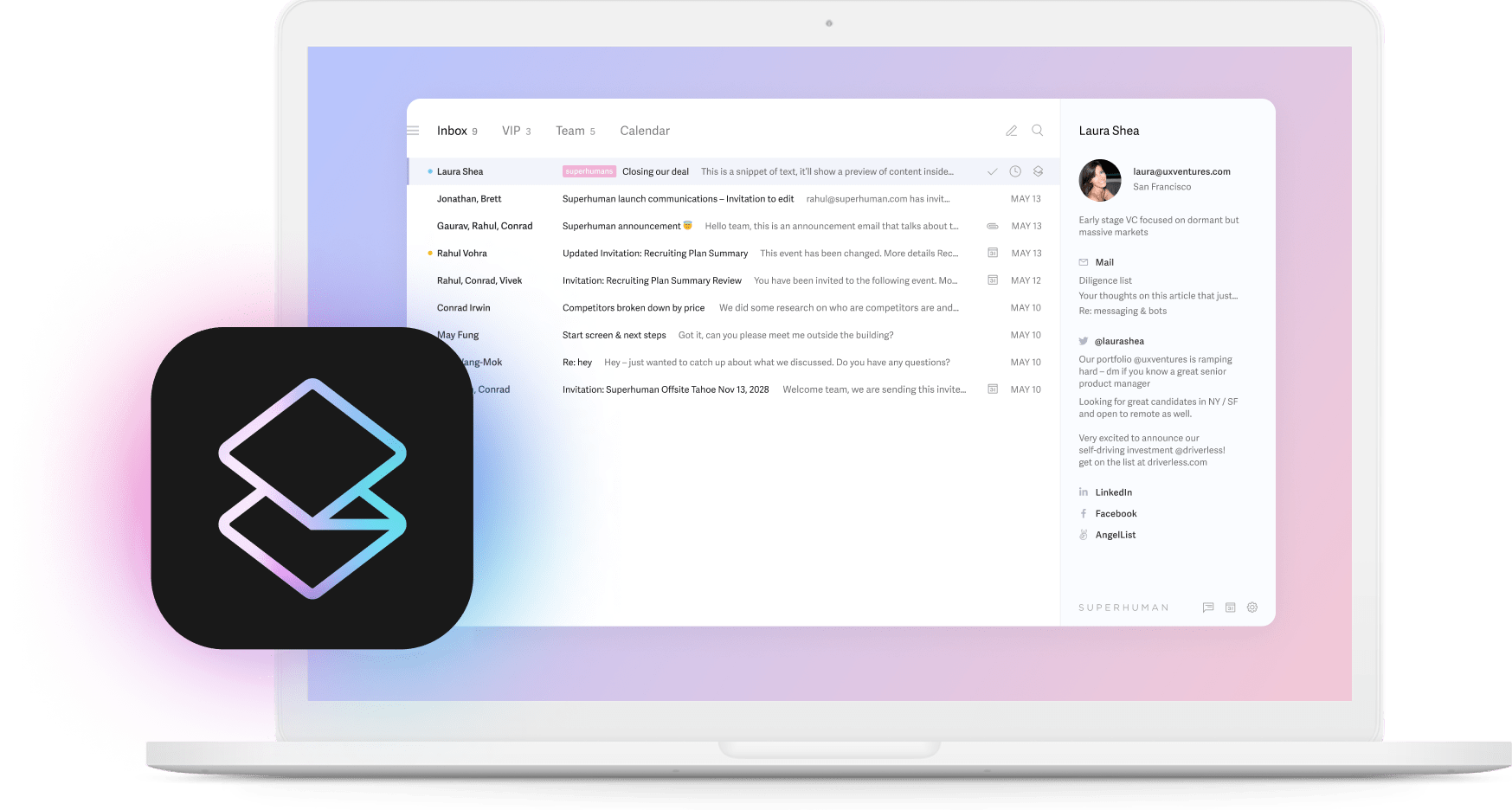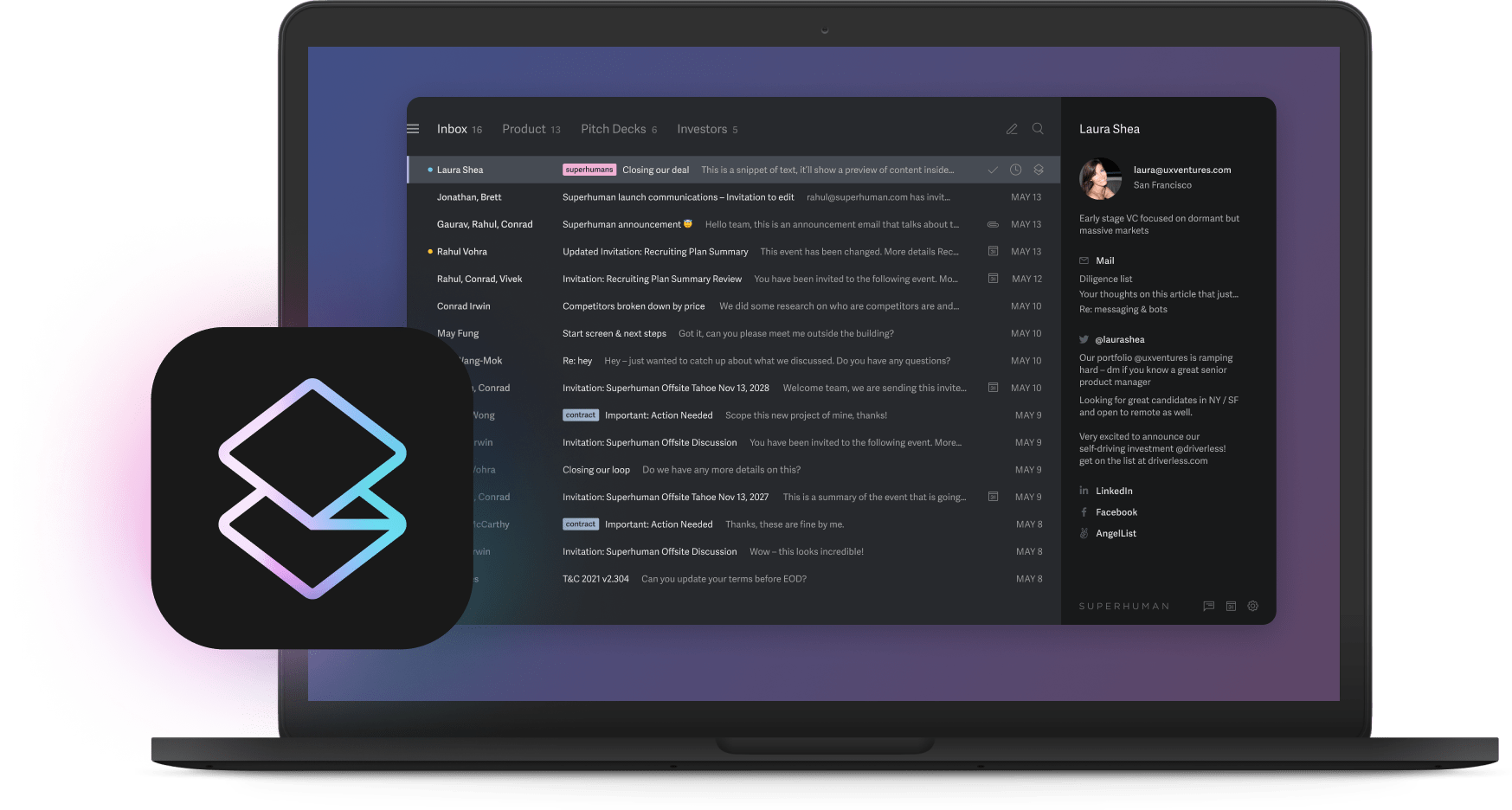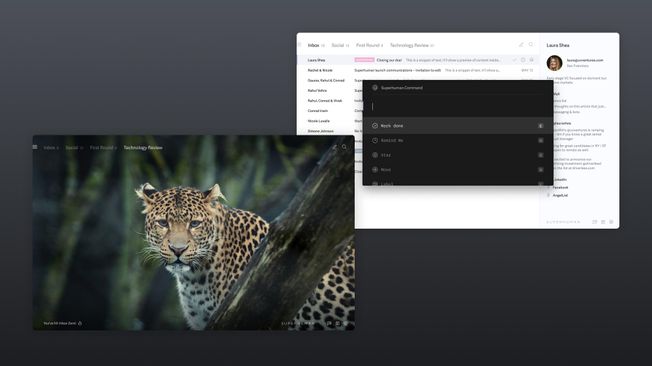
Imagine two colleagues start their day with the same inbox. One uses AI tools and finishes in half the time, while the other gets buried under manual tasks.
This productivity divide is already reshaping workplaces, and without an AI adoption roadmap, you're creating a permanent two-tier workforce that triggers friction, attrition, and missed revenue.
The strategy ahead lays out a phase-by-phase plan to democratize artificial intelligence, moving from mandatory basics to collective excellence, so every employee advances together. The longer you wait, the harder it becomes to close this divide.
What is an AI adoption roadmap?
An AI adoption roadmap is a structured implementation plan that ensures all employees within an organization adopt and use artificial intelligence tools at a consistent pace.
The roadmap establishes clear milestones, training protocols, and accountability systems to prevent the formation of a divided workforce where some employees excel with AI while others fall behind.
It typically includes phased rollouts starting with simple applications like email automation, measurable success metrics at 30, 60, and 90-day intervals, and support structures including dashboards and regular check-ins to maintain momentum across all skill levels.
A solid roadmap creates structure through these key components:
- Clear milestones that show exactly what success looks like at each phase
- Hands-on training that moves beyond theory into actual practice with real workflows
- Accountability systems including dashboards and check-ins that keep everyone moving forward
- Performance metrics that track both individual progress and team-wide adoption rates
- Support structures for employees who need extra help mastering new tools
Most companies just roll out new tools and cross their fingers. Early adopters jump in, things look promising for a few weeks, then adoption stalls.
Research shows that without proper governance frameworks and systematic approaches, organizations face structural misalignment when integrating AI systems into existing workflows.
Email is where you should start. Everyone uses it daily, the time savings are obvious, and the repetition helps new habits stick.
When teams use Split Inbox in Superhuman, they prioritize important messages and process similar emails in batches, making AI adoption feel natural rather than forced.
The two-class crisis: How AI is fracturing your organization
Without intervention, artificial intelligence adoption doesn't spread evenly across your workforce. It splits teams into accelerated winners and anxious laggards, creating a divide that destroys collaboration, morale, and performance.
The emerging caste system
According to Superhuman's State of Productivity AI report, top performers are already 14% more productive as a result of AI. A small percentage charge ahead, mastering new AI tools and quickly converting them into outsized results.
Most employees watch from the middle, experimenting sporadically while steadily losing confidence as the gap grows. The remaining group actively avoids these technologies, citing job security fears.
Their fear of the unknown slows team velocity and sparks frustration on every shared project.
Why this fracture becomes permanent without intervention
Adoption advantage compounds fast. When you discover one shortcut, you gain time to chase the next. Early adopters iterate daily, stacking new efficiencies that widen the skills gap at exponential speed.
Meanwhile hesitant colleagues fall into a confidence spiral, where avoiding practice makes every future update even tougher. Change fatigue accelerates the slide, as multiple tech rollouts cause many employees to simply tune out.
Visibility compounds the problem. Leaders notice the polished dashboards and faster output of AI-fluent teammates, while quiet strugglers fade from recognition cycles and promotion shortlists. Once that pattern locks in, catching up requires massive organizational effort.
The organizational cost
A fractured workforce moves slowly and argues often. Projects stall while high performers redo manual work their peers cannot automate. According to our AI productivity report, industry-leading companies are 3x more likely to have experienced significant productivity gains from AI.
Collaboration obstacles multiply when siloed teams lack shared AI fluency. Resentment surfaces as top performers feel overburdened, middle performers resent unequal recognition, and resistors dig in.
Why every high-growth business needs an AI adoption roadmap now
Early adopters speed ahead, learn faster each day, and lock in advantages that the rest of your team may never recover. Once that gap forms, catching up becomes exponentially harder because knowledge compounds and confidence snowballs.
The stakes go beyond internal morale. Consider these critical factors:
- Talent retention crisis: Recruiters are circling for AI-proficient talent, offering premium salaries and remote flexibility.
- Customer expectation shift: After experiencing AI-enhanced service elsewhere, customers expect instant answers and predictive insights. Inconsistent experiences signal that your operation is still manual and slow.
- Psychological barriers: Six months of struggling with unfamiliar tools creates learned helplessness. Research on organizational resistance shows that entrenched workflows and resistance to change compound the problem.
- Executive sponsorship gap: Lack of sponsorship is one of the most common pitfalls. Without visible executive backing, any roadmap becomes optional.
A clear roadmap counters these risks by placing artificial intelligence milestones on every performance plan, funding coaching, and tracking adoption equity alongside revenue. Companies with high AI adoption report stronger financial results and faster innovation cycles.
Core phases of AI adoption: Building bridges, not walls
Your roadmap prevents the artificial intelligence divide by moving everyone forward together. Each phase closes the gap between early adopters and everyone else before it becomes permanent.
Phase 1: Stop the bleeding. Give every employee access to AI tools on day one and set a visible minimum-usage target that leaders track weekly. Start with simple tasks like generating email drafts with Superhuman AI or summarizing long conversations using Auto Summarize.
Phase 2: Level the playing field. Pair confident adopters with hesitant colleagues through structured practice sessions. Targeted upskilling works best when anchored to real tasks people already handle.
Phase 3: Synchronized advancement. Set shared performance targets that require everyone to use the tools. Embed AI into daily workflows rather than treating it as extra work.
Phase 4: Collective excellence. Once nearly everyone hits the original targets, raise expectations and rotate former stragglers into mentor roles.
Build safeguards into every milestone through mandatory checkpoints that verify tool usage. Performance dashboards should highlight the biggest improvers, not just top performers.
Leadership actions to prevent organizational fracture
Treat AI skills like email proficiency. Every employee needs them, no exceptions. You set this expectation and back it with visible executive sponsorship, the same factor linked to stronger financial returns.
Required adoption doesn't mean punishing people who struggle. Protect teammates who feel at risk by giving them extra coaching, simplified toolkits, and time to practice. An AI-first leadership mindset frames this as empowerment, not a threat.
Key leadership interventions that drive equitable adoption:
• Share the surplus: Redistribute wins through lighter workloads, stretch projects, or bonus pools when artificial intelligence frees up capacity.
• Make learning safe: Publicly normalize experimentation, highlight small missteps as part of progress, and remove career penalties for initial slowdowns.
• Break the elite bubble: Quarterly rotation of AI champions across teams ensures knowledge flows freely. Ask them to document shortcuts and host bite-size demos.
• Address trust concerns: Publish clear guidelines on data privacy, bias checks, and model explainability, addressing the ethical concerns.
Combine these moves and you transform artificial intelligence from a divisive force into shared infrastructure that lifts the whole organization.
Scaling without leaving anyone behind
Pair your strongest AI adopters with coworkers who are still finding their footing. This buddy system turns casual tips into daily coaching and stops early experts from becoming an untouchable elite.
Set department quotas where teams cannot move to advanced tools until every member masters the basics. You measure progress by your slowest adopter, using a rising tide approach that keeps momentum inclusive.
Rotate specialists across projects so high and low adopters share knowledge through real work, not classroom training. Cross-departmental teams remove bottlenecks and speed up solution design.
AI adoption metrics: Measuring unity, not just productivity
Your roadmap only works when every employee moves forward together. Track data that reveals whether artificial intelligence closes gaps or widens them. Start with adoption equity metrics that compare daily usage between your fastest and slowest adopters. A narrowing gap signals real progress.
Essential metrics for tracking unified AI adoption include:
• Inclusion indicators: Count the percentage of your workforce that opens an AI tool at least once a day.
• Collaboration health metrics: Show whether artificial intelligence helps teams work better together through surveys of cross-functional projects.
• Early warning systems: Simple dashboards that flag anyone whose interaction drops for three consecutive days.
• Performance improvement tracking: Monitor process speed improvement and error rate reduction.
Pair alerts with regular, public scorecards built on transparent metrics so everyone sees where the organization stands.
Start shaping your AI adoption roadmap today
The organizations that move decisively now will dominate tomorrow's marketplace, while those that hesitate will find themselves managing an increasingly fractured workforce that can't compete.
Ready to unify your team's AI adoption and prevent the productivity divide? Start with Superhuman to give your entire organization the tools they need to fly through their inbox and save 4 hours per person every single week.





